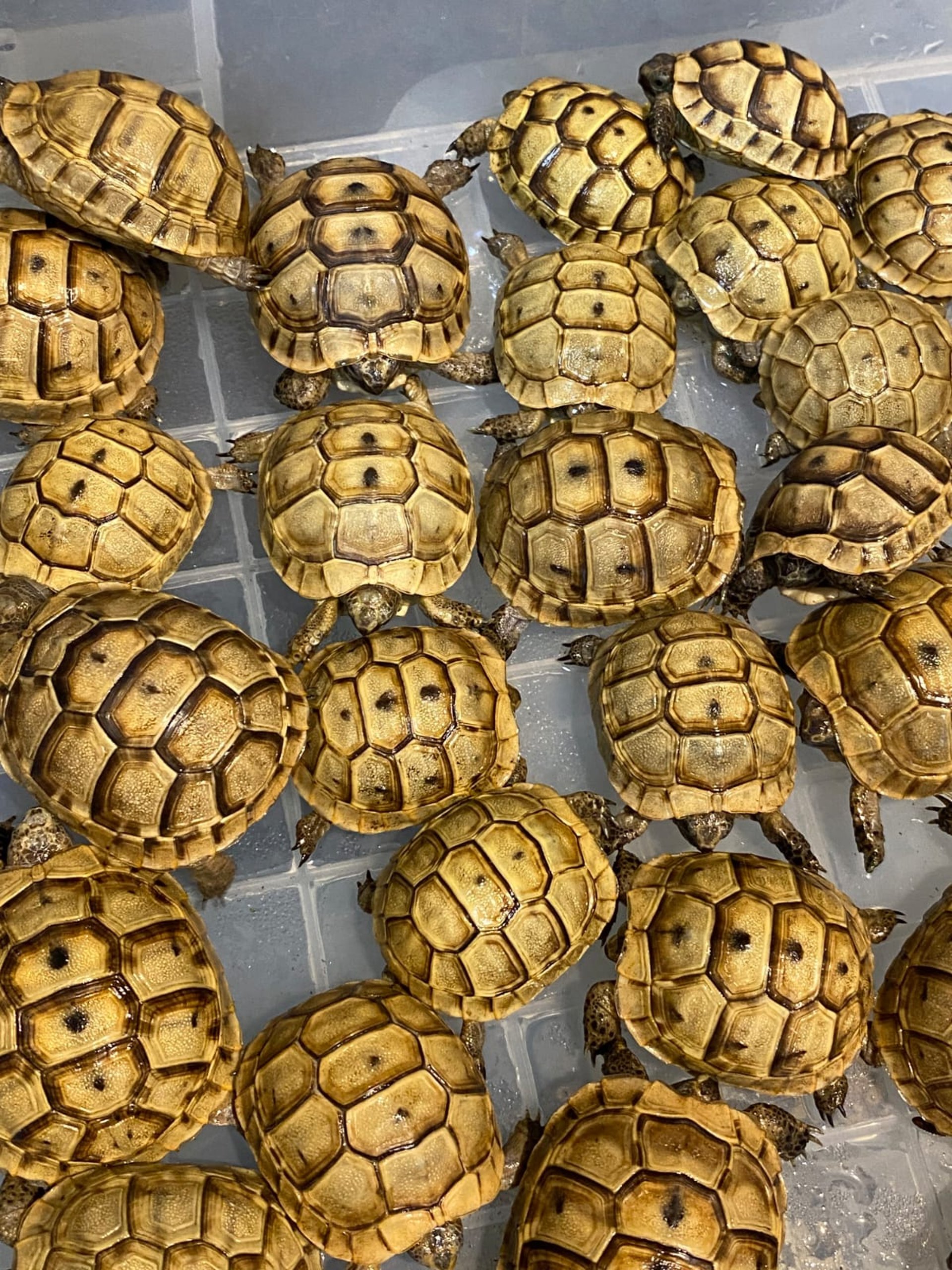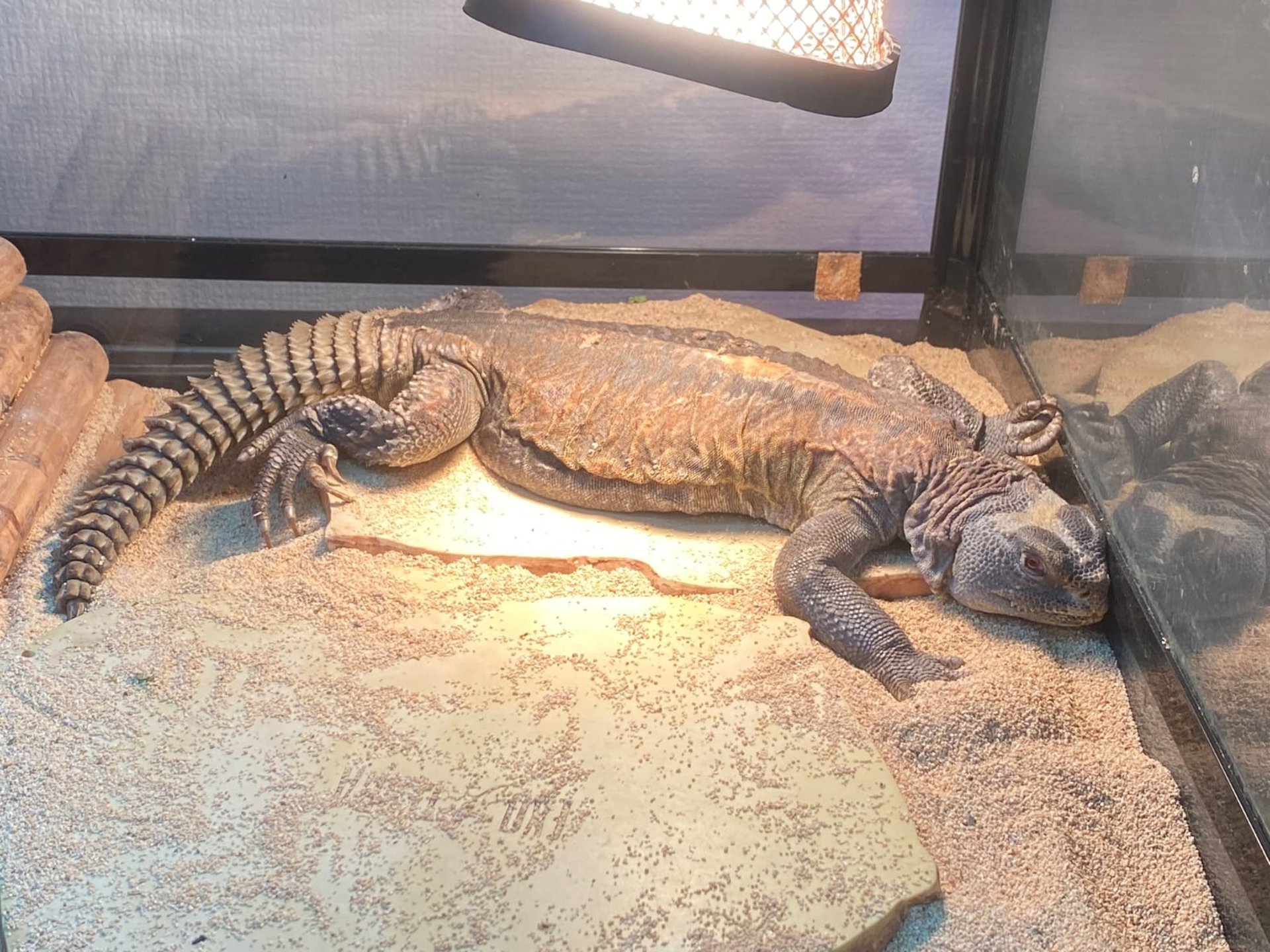
Egyptian Uromastyx Aegyptia Export
Uromastyx Aegyptia – The Egyptian Spiny-Tailed Lizard
10/10/20251 min read
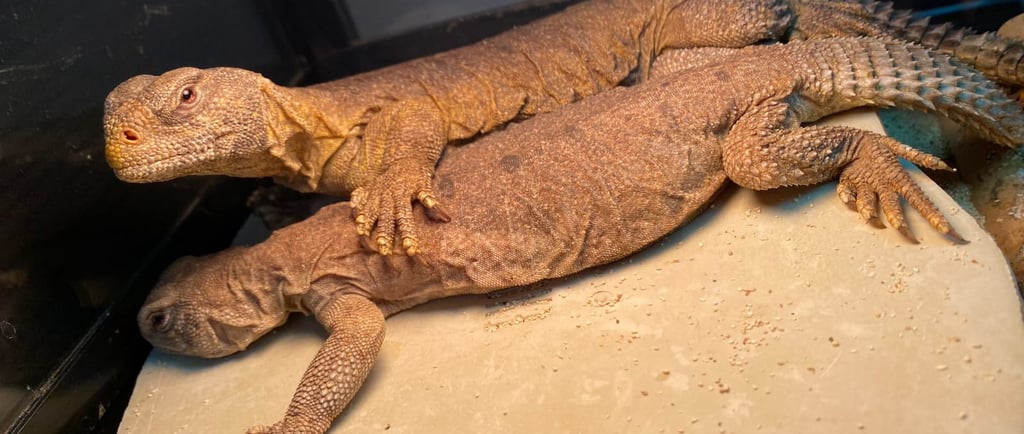

Introduction to Uromastyx Aegyptia
The Uromastyx aegyptia, widely recognized as the Egyptian spiny-tailed lizard or dhub, is a remarkable species that stands out among desert reptiles in the Middle East and North Africa. Known for its robust physique and distinctive spiny tail, this lizard embodies the incredible adaptations necessary for survival in harsh desert conditions.
Habitat and Distribution
This impressive reptile can primarily be found in arid deserts and rocky terrains across several countries, including Egypt, Saudi Arabia, Jordan, and various neighboring regions. The adaptability of Uromastyx aegyptia allows it to thrive in environments that are characterized by extreme temperatures and minimal available water. Their unique lifestyle reflects the necessity of adapting to these demanding habitats, as they navigate the challenges presented by the desert.
Physical Characteristics and Diet
Measuring an average of 40 to 75 centimeters in length, the Egyptian spiny-tailed lizard has a stout body shaped perfectly for its environment. This robust build, coupled with the unique texture of its scales and spiny tail, serves not only for protection against predators but also plays a role in thermoregulation. As primarily herbivorous creatures, Uromastyx aegyptia thrive on a diet of desert plants and seeds, which have adapted to the low moisture content characteristic of their surroundings. This dietary adaptation is essential for meeting their nutritional needs within the limitations that the desert imposes.
In conclusion, the Egyptian spiny-tailed lizard exemplifies the resilience and adaptability of desert life. With its unique physical characteristics and specialized dietary habits, Uromastyx aegyptia continues to capture the interest of researchers and reptile enthusiasts alike. Understanding these lizards offers valuable insights into the ecological balance of their habitat and the remarkable ways in which species can evolve to survive under extreme conditions.

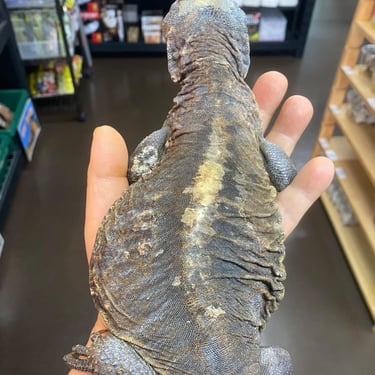
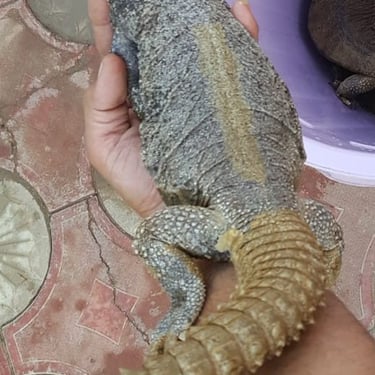
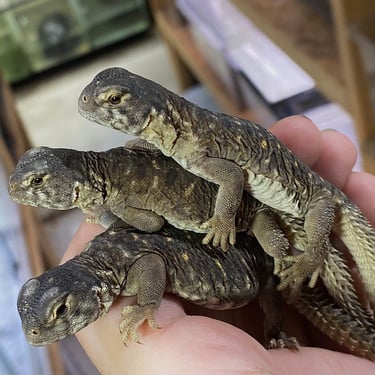
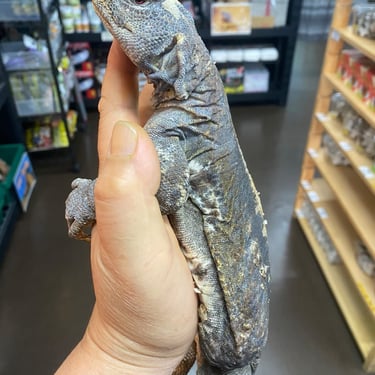

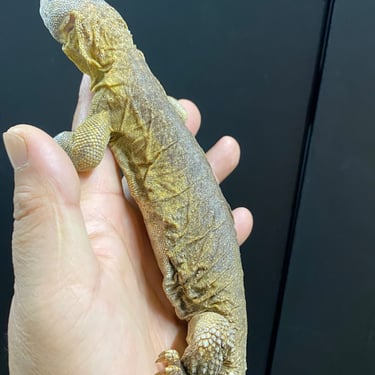
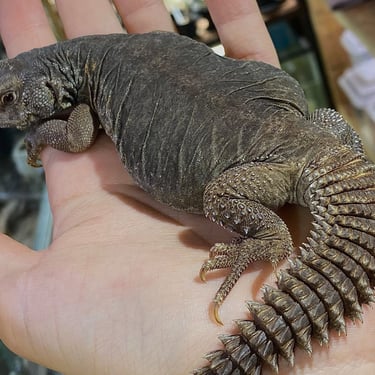
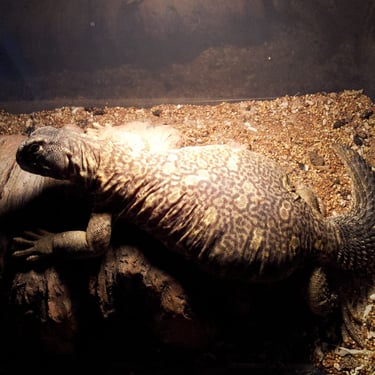
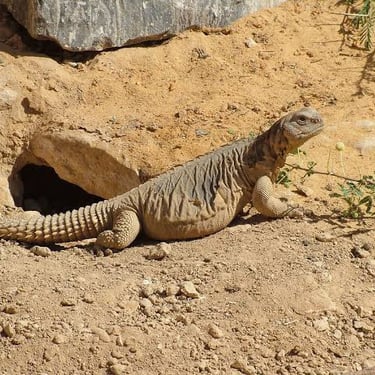

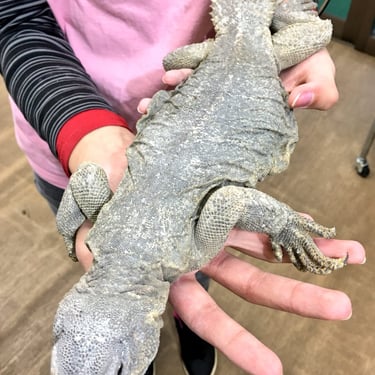
Contact Us
Fill out the form to get in touch with us.
